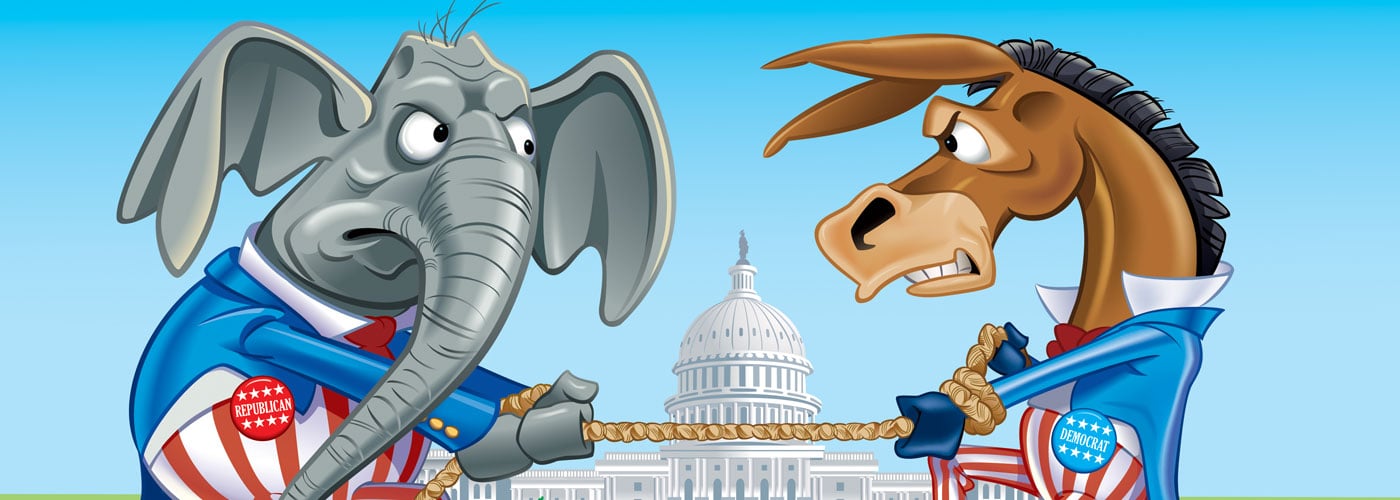A single voice can be hard to hear. But when a huge crowd speaks, the message becomes much louder.
That’s the idea behind political parties. These are groups of people from the same country who share similar ideas about how they want their nation to be run. In the United States, the two main political parties are the Democratic Party and the Republican Party.
Political parties use the power of many voices to shape our country’s government and laws. They play a key role in determining who gets elected to local, state, and national office.
But many of our nation’s founders didn’t even want political parties to exist in the U.S. Parties are not mentioned in the U.S. Constitution, and George Washington, the first U.S. president, cautioned against their very formation. He warned that they would bitterly divide the nation.
So how did these powerful groups become an integral part of our government and elections? Consider this your formal invitation to learn more about political parties—no RSVP needed.
A single voice can be hard to hear. But when a huge crowd speaks, the message becomes much louder.
That is the idea behind political parties. These are groups of people from the same country who share similar ideas about how they want their nation to be run. In the United States, there are two main parties. They are the Democratic Party and the Republican Party.
Political parties use the power of many voices to shape our country’s government and laws. They play a key role in determining who gets elected to local, state, and national office.
But many of our nation’s founders did not want political parties to exist here. Parties are not mentioned in the U.S. Constitution. And George Washington, the first U.S. president, cautioned against forming them. He warned that they would bitterly divide the nation.
So how did these powerful groups become a key part of our government and elections? Consider this your formal invitation to learn more about political parties. No RSVP needed.

